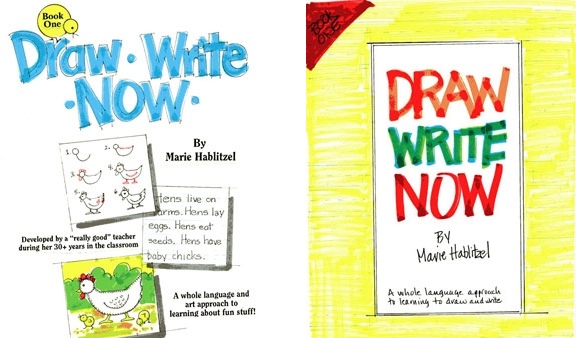Is nonfiction a significant part of your child’s reading material? The Common Core State Standards recommends that fifty percent of children’s reading text be fiction and fifty percent informational material, like science, social studies and history. Look for books that explain or are factual. Use written text to learn about the world.
Write Nonfiction
It’s one thing to write an imaginative story, it’s another thing to accurately describe and report. As with reading, the Common Core suggests that nonfiction and fiction writing skills be balanced. While drawing a polar bear, discuss the Arctic region and guide the children in drawing an appropriate Arctic background. The things included in their background drawing may serve as a prompt as they write about the bear’s environment.
Read and Discuss
Show that you enjoy reading nonfiction. Marie Hablitzel, the creator of the Draw Write Now lessons, kept a children’s encyclopedia close by while giving a lesson. When the opportunity arose, she read a paragraph or two aloud from the encyclopedia. Her interest in reading sparked the children’s interest and her thought-provoking questions nurtured their curiosity.
Vocabulary
Drawing instruction improves vocabulary, because basic words are demonstrated during a drawing lesson. While teaching, simply describe a line or shape and describe their relationships to each other. You may not even realize that you are modeling these words: over, under, above, below, left, right, diagonal, curved, straight, horizontal, vertical, near, around, between, center, half, quarter, smaller, larger, short, long, zig-zag, choppy, smooth.
Read More
Read multiple books on the same topic. A variety of sources provides a broader understanding of the topic. Nonfiction books on the Arctic:One Small Square: Arctic Tundra by Donald Silver, Houses of Snow, Skin and Bones by Bonnie Shemie, Here is the Arctic Winter by M. Dunphy, Sunshine Makes the Seasons by Franklyn Bradley.











